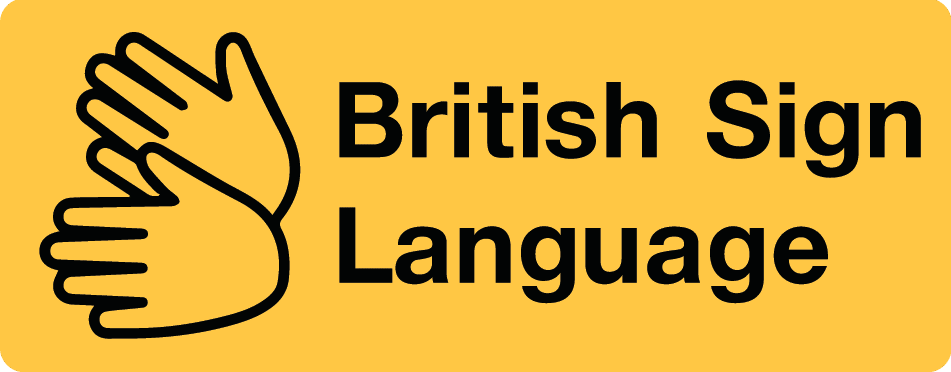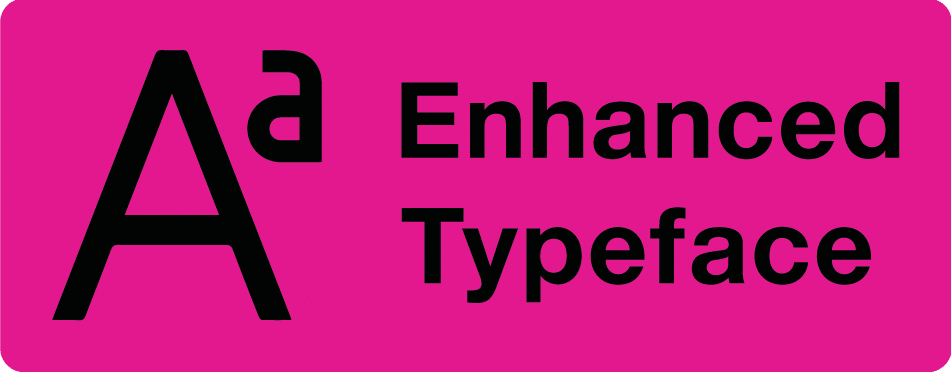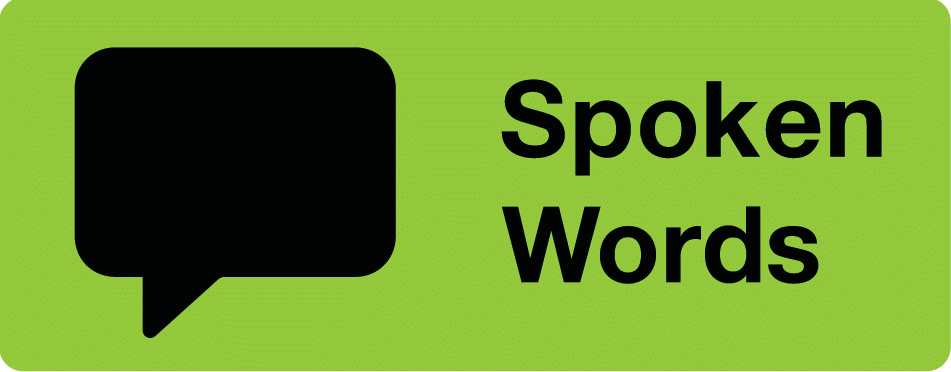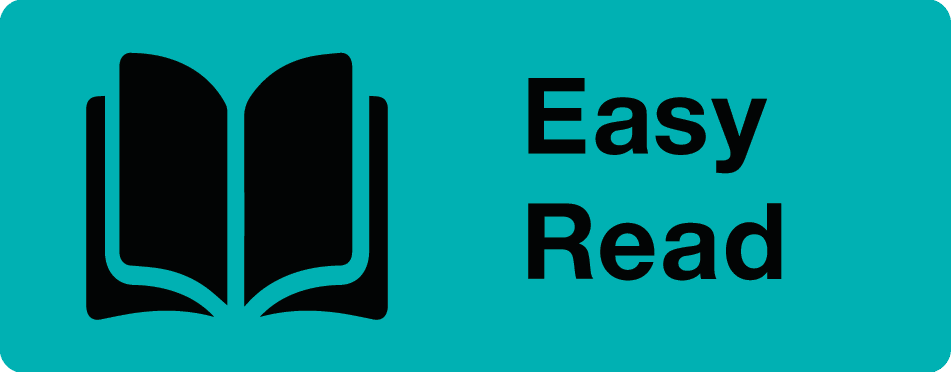Accessible communication is a vital part of ensuring everyone can understand and participate in information sharing and interaction. It goes beyond simply removing barriers and creates a more inclusive environment for everyone. Here’s why it’s important:
1. Inclusion and Equity: Accessible communication allows people with disabilities or different communication needs to be active participants in society. They can access education, employment opportunities, healthcare services, and social interactions on an equal footing. Without accessibility, these individuals might be left behind or struggle to participate meaningfully.
2. Dignity and Respect: Everyone deserves to be understood and have their voices heard. Accessible communication methods acknowledge the various ways people communicate and ensures everyone can express themselves effectively. This fosters a sense of dignity and respect for all individuals.
3. Improved Outcomes: Clear and accessible communication can lead to better outcomes in various situations. For instance, patients with clear medical information can make informed decisions about their health. Students with accessible learning materials can grasp concepts more effectively. Accessible communication fosters better understanding and empowers individuals to navigate different aspects of life.
4. Reduced Frustration and Misunderstandings: Communication barriers can lead to frustration, confusion, and even errors. Accessible communication removes these barriers, allowing for smoother interactions and clearer understanding. This benefits everyone involved, not just those with specific communication needs.
5. Legal Compliance: In many regions, laws and regulations mandate accessible communication for organizations serving the public. This ensures equal access to information and services for people with disabilities. Staying compliant with accessibility standards is not just legal; it’s the right thing to do.
Examples of Accessible Communication:
- Sign language interpretation for D/deaf individuals.
- Captioning and subtitles for videos and audio content.
- Text transcripts for presentations and meetings.
- Easy-to-read documents with clear layouts and fonts.
- Assistive listening devices for people with hearing loss.
- Using plain language that is clear, concise, and easy to understand for everyone.
By prioritising accessible communication, we can create a world where everyone can participate confidently and reach their full potential. It’s not just about meeting obligations; it’s about creating a more inclusive and equitable society for all.




